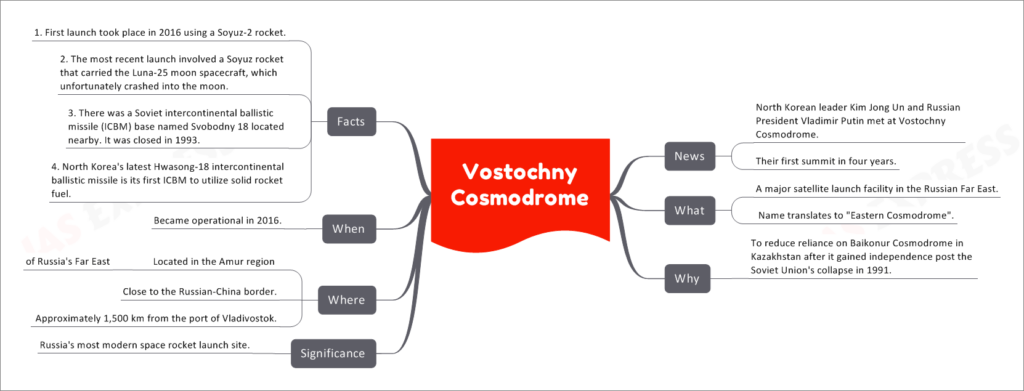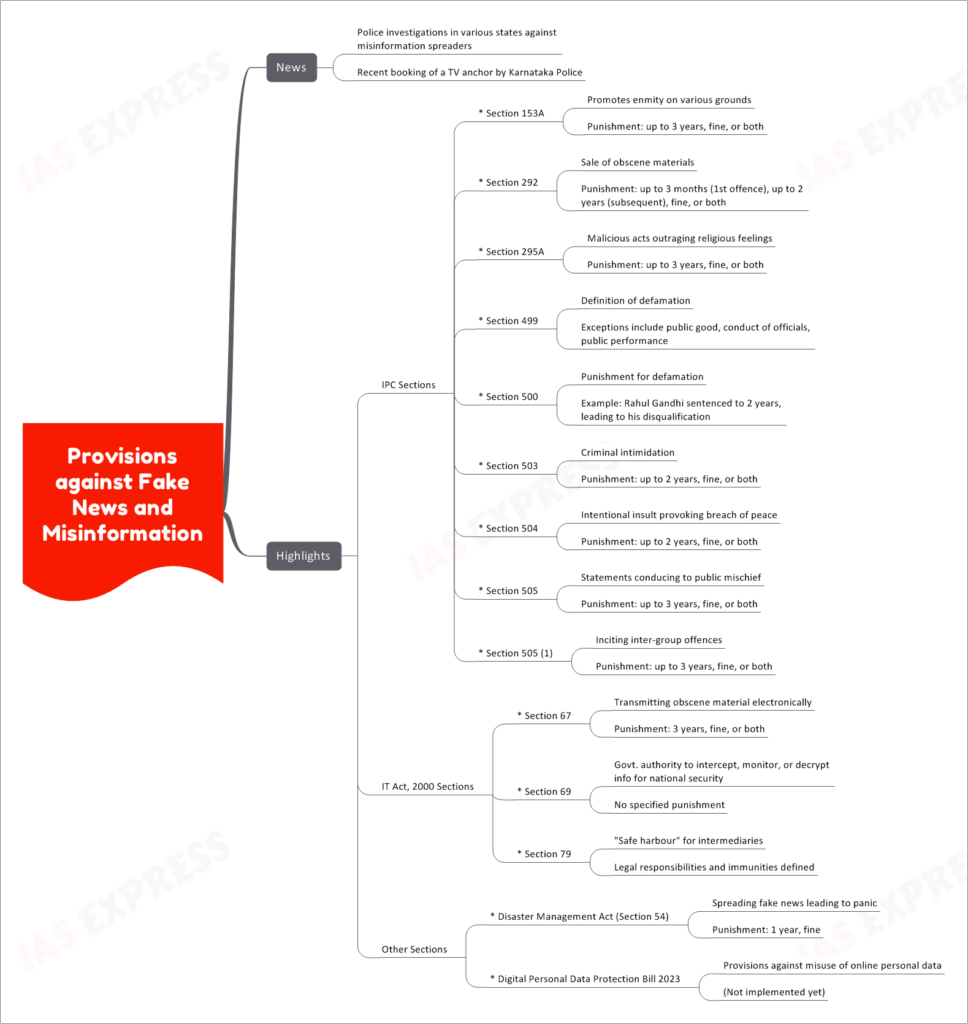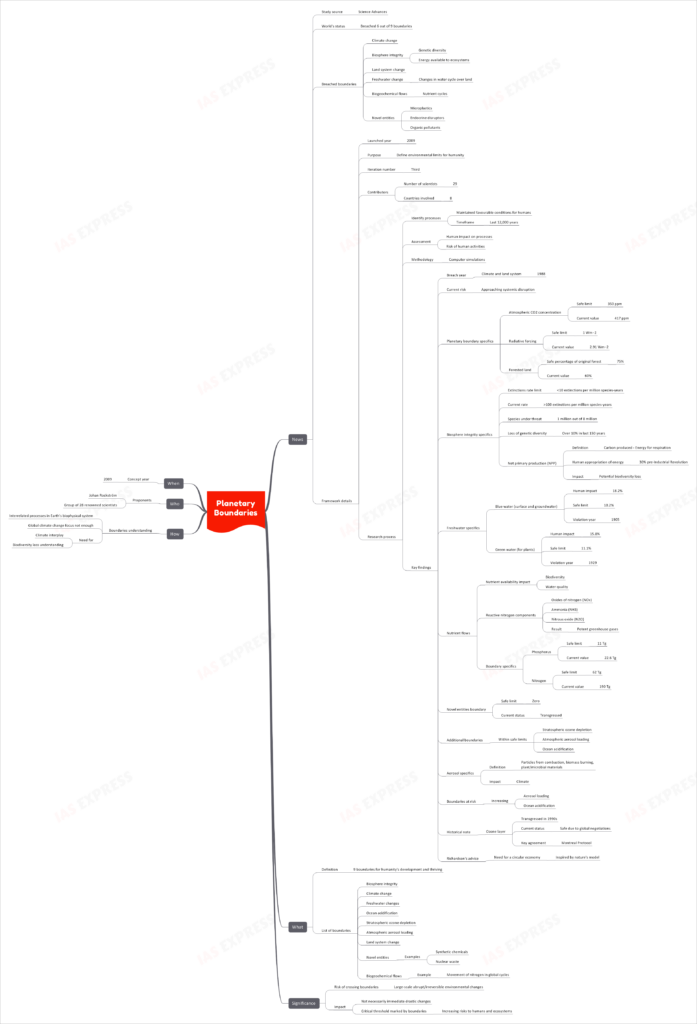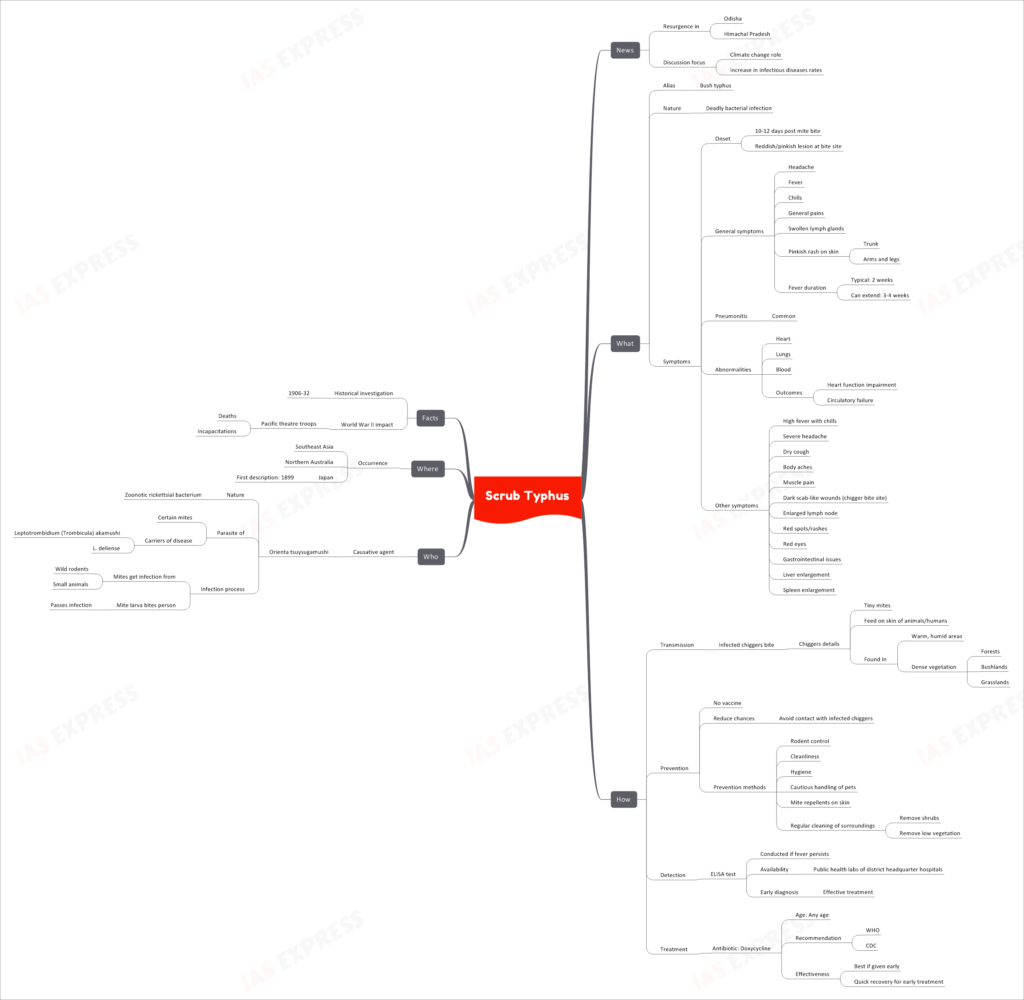[Newsbits] 15.09.2023

Vostochny Cosmodrome
The Vostochny Cosmodrome has recently gained international attention as it hosted a summit between North Korean leader Kim Jong Un and Russian President Vladimir Putin, marking their first meeting in four years. This space launch facility, located in Russia's Far East, plays a crucial role in the country's space endeavors.
What is Vostochny Cosmodrome?
Vostochny Cosmodrome, whose name translates to "Eastern Cosmodrome," is a major satellite launch facility situated in the Amur region of Russia's Far East. It serves as a critical hub for Russia's space exploration efforts and is designed to reduce the nation's reliance on the Baikonur Cosmodrome in Kazakhstan. This transition became necessary after Kazakhstan gained independence following the collapse of the Soviet Union in 1991.
The Significance of Vostochny Cosmodrome
Russia's Most Modern Space Rocket Launch Site
Vostochny Cosmodrome stands as Russia's most modern and advanced space rocket launch site. Its state-of-the-art infrastructure and strategic location make it a vital asset for Russia's space program.
Location of Vostochny Cosmodrome
Vostochny Cosmodrome is strategically positioned in the Amur region of Russia's Far East, close to the border with China. It is situated approximately 1,500 kilometers from the port city of Vladivostok, making it well-connected for logistical purposes.
When Did Vostochny Cosmodrome Become Operational?
Vostochny Cosmodrome became operational in 2016, marking a significant milestone in Russia's space exploration efforts.
Notable Facts
- The first launch from Vostochny Cosmodrome took place in 2016 when a Soyuz-2 rocket was used.
- A notable recent launch from the cosmodrome involved a Soyuz rocket carrying the Luna-25 moon spacecraft. Unfortunately, this mission ended in disappointment as the spacecraft crashed into the moon.
- There was a Soviet intercontinental ballistic missile (ICBM) base named Svobodny 18 located in close proximity to the cosmodrome. However, this base was closed in 1993.
- It's worth noting that North Korea's latest Hwasong-18 intercontinental ballistic missile (ICBM) utilizes solid rocket fuel, marking a technological advancement for the nation's missile program.
India-Middle East-Europe Economic Corridor
The India-Middle East-Europe Economic Corridor (IMEC) has recently captured global attention following its announcement at the G20 Leaders' Summit. This ambitious project has the potential to position India as a pivotal hub in the global supply chain, while also countering China's Belt and Road Initiative (BRI).
IMEC in a Nutshell
IMEC is a mega economic corridor that encompasses a comprehensive rail and shipping network designed to facilitate seamless connectivity between India, the Middle East, and Europe. It is a significant component of the broader Partnership for Global Infrastructure Investment (PGII), which seeks to provide an alternative to China's BRI. IMEC includes various critical elements:
- Rail Link: A comprehensive rail network that promises efficient transportation of goods and people across the regions involved.
- Electricity Cable: The establishment of an electricity cable network to facilitate the exchange of power, enhancing energy security and cooperation.
- Hydrogen Pipeline: A hydrogen pipeline designed to transport clean energy, contributing to sustainability and reducing environmental impact.
- High-Speed Data Cable: Deployment of high-speed data cables to bolster digital communication infrastructure, promoting economic growth and innovation.
The Rationale Behind IMEC
Fostering Prosperity through Energy and Digital Connectivity
IMEC's foremost objective is to enhance prosperity by enabling the seamless flow of energy and digital communication. Recognizing the critical role these factors play in economic development and global competitiveness, IMEC seeks to harness their potential for the benefit of all participating nations.
Addressing Infrastructure Gaps
A significant driving force behind IMEC is the need to address infrastructure deficits in lower- and middle-income countries involved in the corridor. Inadequate infrastructure has often acted as a barrier to economic growth, and IMEC aims to remedy this by investing in connectivity and transportation infrastructure, unlocking new opportunities for trade and development.
Mitigating Turbulence and Insecurity
IMEC also carries a geopolitical objective: to mitigate turbulence and insecurity emanating from the Middle East. By fostering economic cooperation and interdependence among nations, particularly India, the Middle East, and Europe, IMEC strives to create a more stable and secure geopolitical environment.
The Key Players
Participating Entities
IMEC brings together a diverse group of participating entities, each contributing its unique strengths to the corridor's success:
- India: As a central participant, India stands to gain significantly from increased connectivity with the Middle East and Europe, cementing its position as a major player in global trade.
- United Arab Emirates (UAE): The UAE plays a crucial role in facilitating economic ties between India and the Middle East, acting as a linchpin for this transformative initiative.
- Saudi Arabia: Saudi Arabia's involvement not only bolsters IMEC's reach into the Middle East but also adds its vast energy resources to the equation.
- European Union: The EU's economic prowess and regulatory framework are pivotal in shaping IMEC's success, bringing economic stability and governance to the project.
- France, Italy, and Germany: These European nations contribute their industrial expertise, innovation, and investment potential, driving the corridor's growth.
- United States: The participation of the United States underscores its commitment to fostering economic connectivity in the region and competing with China's BRI on the global stage.
Provisions against Fake News and Misinformation
In recent times, the spread of fake news and misinformation has become a global concern, and India is no exception. The Indian government and law enforcement agencies have taken various measures to combat this issue. This article explores the provisions against fake news and misinformation in India, highlighting key legal sections and acts that are instrumental in addressing this problem.
Recent Actions Against Misinformation
Police Investigations Across States
Indian police forces have initiated investigations in various states to curb the spread of misinformation. These investigations aim to identify and take legal action against individuals and entities responsible for disseminating false or harmful information.
Karnataka Police Booking of a TV Anchor
A recent incident involved the Karnataka Police booking a television anchor for spreading misinformation. This case underscores the seriousness with which authorities are addressing the issue of fake news.
Key Legal Provisions
Sections under the Indian Penal Code (IPC)
- Section 153A: Promoting Enmity on Various Grounds
- Punishment: Up to 3 years' imprisonment, a fine, or both.
- Section 292: Sale of Obscene Materials
- Punishment: Up to 3 months for the first offense, up to 2 years for subsequent offenses, a fine, or both.
- Section 295A: Malicious Acts Outraging Religious Feelings
- Punishment: Up to 3 years' imprisonment, a fine, or both.
- Section 499: Definition of Defamation
- Exceptions include statements made for public good, the conduct of officials, or public performances.
- Section 500: Punishment for Defamation
- Example: In the past, individuals like Rahul Gandhi have been sentenced to 2 years of imprisonment, leading to disqualification.
- Section 503: Criminal Intimidation
- Punishment: Up to 2 years' imprisonment, a fine, or both.
- Section 504: Intentional Insult Provoking Breach of Peace
- Punishment: Up to 2 years' imprisonment, a fine, or both.
- Section 505: Statements Conducing to Public Mischief
- Punishment: Up to 3 years' imprisonment, a fine, or both.
- Section 505 (1): Inciting Inter-Group Offences
- Punishment: Up to 3 years' imprisonment, a fine, or both.
Sections under the Information Technology (IT) Act, 2000
- Section 67: Transmitting Obscene Material Electronically
- Punishment: Up to 3 years' imprisonment, a fine, or both.
- Section 69: Government Authority to Intercept, Monitor, or Decrypt Information for National Security
- This section grants the government the authority to intercept, monitor, or decrypt information for national security purposes without specifying a particular punishment.
- Section 79: "Safe Harbour" for Intermediaries
- This section defines legal responsibilities and immunities for intermediaries in the context of online content.
Other Relevant Provisions
- Disaster Management Act (Section 54): Spreading Fake News Leading to Panic
- Punishment: Up to 1 year of imprisonment and a fine.
- Digital Personal Data Protection Bill 2023
- This bill contains provisions against the misuse of online personal data, although it has not been implemented yet.
Deferred Action for Childhood Arrivals
Recent news has brought the Deferred Action for Childhood Arrivals (DACA) program into the spotlight as it faces legal challenges in the United States. This program has been instrumental in providing relief to young undocumented immigrants, often referred to as "Dreamers," who aspire to live and work in the United States.
What is DACA?
Policy for Young Undocumented Immigrants
DACA, or Deferred Action for Childhood Arrivals, is a policy that offers young undocumented immigrants in the United States the opportunity to live and work in the country without the constant fear of deportation.
Why was DACA Established?
Mend US Immigration Policy
DACA was created to address shortcomings in the U.S. immigration policy, aiming for a more fair, efficient, and just approach. Specifically, it was designed to provide relief to "Dreamers," a term derived from the DREAM Act, which proposed granting permanent legal residency to undocumented immigrants but never passed in the U.S. legislature. When it became evident that legislative action was unlikely, President Barack Obama introduced DACA in 2012 as an executive order.
How Does DACA Work?
Requesting Deferment or Delay
Individuals seeking DACA protection must meet specific eligibility requirements, including:
- Being under the age of 31 as of June 15, 2012.
- Arrival in the United States before their 16th birthday.
- Meeting certain educational qualifications.
- No convictions for felonies or significant misdemeanors.
- No threat to national security or public safety.
Eligibility for Work Authorization
DACA provides eligible recipients with work authorization, allowing them to pursue employment in the United States. It is an exercise of prosecutorial discretion, meaning it defers removal action against these individuals but does not confer lawful immigration status.
When Did DACA Begin?
Inception in 2012
The DACA program was initiated in 2012 when President Barack Obama took executive action to address the plight of young undocumented immigrants living in the United States.
Key Facts and Figures
- South Asians, including Indians, hold approximately 4,000 DACA permits, highlighting the program's diversity and its impact on various immigrant communities.
- In 2011, there were an estimated 240,000 undocumented Indians living in the United States, making India the seventh-highest origin country for undocumented individuals in the U.S.
- Despite the significant Indian population in the United States, only a few thousand Indians utilized DACA permits, underscoring the complexities and challenges of the immigration system.
Planetary Boundaries
In recent news, the state of our planet's environmental health has been a topic of growing concern. A study published in Science Advances reveals that humanity is at a critical juncture, as we have breached six out of the nine identified planetary boundaries. This alarming revelation calls for immediate attention and action to address the impending environmental crisis.
Understanding Planetary Boundaries
Definition
Planetary boundaries refer to a framework that outlines nine crucial environmental limits for humanity's development and thriving. These boundaries are essential for maintaining favorable conditions for human existence on Earth.
List of Boundaries
- Biosphere Integrity: Ensuring the protection of genetic diversity and the energy available to ecosystems.
- Climate Change: Regulating atmospheric CO2 concentration and radiative forcing.
- Freshwater Changes: Managing the impact on blue and green water resources.
- Ocean Acidification: Maintaining the delicate balance of ocean chemistry.
- Stratospheric Ozone Depletion: Protecting the ozone layer.
- Atmospheric Aerosol Loading: Controlling the presence of aerosol particles in the atmosphere.
- Land System Change: Preserving natural land ecosystems.
- Novel Entities: Preventing the introduction of harmful new entities like microplastics and endocrine disruptors.
- Biogeochemical Flows: Managing nutrient cycles, particularly nitrogen and phosphorus.
The Current State of Our Planet
Breached Boundaries
- Climate Change: The breach occurred in 1988, with current CO2 levels at 417 ppm (parts per million), exceeding the safe limit of 350 ppm.
- Biosphere Integrity: Genetic diversity and energy available to ecosystems are in decline.
- Land System Change: Natural land ecosystems have decreased, threatening biodiversity.
- Freshwater Changes: Both blue and green water resources have been significantly impacted.
- Biogeochemical Flows: Nutrient cycles, particularly phosphorus and nitrogen, have been disrupted.
- Novel Entities: The introduction of microplastics, endocrine disruptors, and organic pollutants poses a growing threat.
The Planetary Boundaries Framework
Inception and Purpose
The concept of planetary boundaries was introduced in 2009, with the aim of defining environmental limits for humanity's well-being. This framework has undergone its third iteration and involves contributions from 29 scientists across eight countries.
Research Process
- Identifying processes that have maintained favorable conditions for humans over the last 12,000 years.
- Assessing human impact on these processes and the associated risks.
- Utilizing computer simulations to model various scenarios.
Key Findings
- The breach of climate and land system boundaries in 1988.
- The planet is currently approaching systemic disruption.
- Specifics of planetary boundaries:
- Atmospheric CO2 concentration: Safe limit at 350 ppm, current value at 417 ppm.
- Radiative forcing: Safe limit at 1 Wm−2, current value at 2.91 Wm−2.
- Forested land: Safe percentage of original forest at 75%, current value at 60%.
The Consequences of Crossing Boundaries
Risk of Crossing Boundaries
Crossing planetary boundaries poses a significant risk of large-scale abrupt and irreversible environmental changes, which could have dire consequences for both humans and ecosystems.
Impact
While the impact of boundary breaches may not result in immediate drastic changes, they mark critical thresholds that signal increasing risks to the well-being of both humans and the natural world.
Addressing Planetary Boundaries
Interconnected Processes
Understanding planetary boundaries requires recognizing the interrelated processes within Earth's biophysical system. It's essential to move beyond a narrow focus on global climate change and consider the broader implications for biodiversity loss.
Leading Figures in Planetary Boundaries
Proponents
- Johan Rockström: A prominent advocate for planetary boundaries and the co-chair of the Planetary Boundaries Research Network.
- Group of 28 Renowned Scientists: A dedicated team of experts working together to advance our understanding of planetary boundaries.
Scrub Typhus
Recent reports highlight the resurgence of scrub typhus, also known as bush typhus, in the Indian states of Odisha and Himachal Pradesh. This resurgence has prompted discussions on the role of climate change in the increased rates of infectious diseases.
What is Scrub Typhus?
Alias: Scrub typhus is colloquially known as "bush typhus."
Nature: It is a deadly bacterial infection caused by the zoonotic rickettsial bacterium Orienta tsutsugamushi.
Symptoms
- Onset: Symptoms typically appear 10-12 days after being bitten by an infected mite.
- Lesion at Bite Site: The initial sign is a reddish or pinkish lesion at the site of the mite bite.
- General Symptoms: Patients experience a range of general symptoms, including headache, fever, chills, general pains, swollen lymph glands, and a pinkish rash on the skin, often on the trunk, arms, and legs.
- Fever Duration: The fever associated with scrub typhus typically lasts for two weeks but can extend to 3-4 weeks.
- Pneumonitis: Pneumonitis is a common complication of scrub typhus.
- Abnormalities: The infection can lead to abnormalities in the heart, lungs, and blood, potentially resulting in heart function impairment and circulatory failure.
- Other Symptoms: Other symptoms include high fever with chills, severe headache, dry cough, body aches, muscle pain, dark scab-like wounds at the chigger bite site, enlarged lymph nodes, red spots or rashes, red eyes, gastrointestinal issues, liver enlargement, and spleen enlargement.
How is Scrub Typhus Transmitted?
Transmission
- Infected Chiggers: Scrub typhus is primarily transmitted when infected chiggers bite humans. Chiggers are tiny mites that feed on the skin of animals and humans.
- Chiggers Details: These mites are typically found in warm, humid areas with dense vegetation, including forests, bushlands, and grasslands.
Prevention and Detection
Prevention
- No Vaccine: Currently, there is no vaccine for scrub typhus.
- Reducing Chigger Contact: Prevention involves avoiding contact with infected chiggers.
- Preventative Measures: These include rodent control, maintaining cleanliness and hygiene, cautious handling of pets, applying mite repellents on the skin, and regularly cleaning the surroundings by removing shrubs and low vegetation.
Detection
- ELISA Test: Diagnosis is typically confirmed through an enzyme-linked immunosorbent assay (ELISA) test. This test is conducted if fever persists and is available in public health labs of district headquarter hospitals. Early diagnosis is crucial for effective treatment.
Treatment
- Antibiotic: Doxycycline: Doxycycline is the recommended antibiotic for treating scrub typhus, and it is effective for patients of any age. Both the World Health Organization (WHO) and the Centers for Disease Control and Prevention (CDC) recommend its use.
- Effectiveness: Treatment is most effective when administered early, leading to quicker recovery.
Who is the Causative Agent?
Causative Agent
- Orienta tsutsugamushi: The causative agent of scrub typhus is Orienta tsutsugamushi, a zoonotic rickettsial bacterium.
- Parasite of Mites: It is a parasite of certain mites, including Leptotrombidium (Trombicula) akamushi and L. deliense, which serve as carriers of the disease.
- Infection Process: Mites acquire the infection from wild rodents or small animals. When mite larva bites a person, it passes the infection to the host.
Where Does Scrub Typhus Occur?
Occurrence
- Scrub typhus is commonly found in Southeast Asia, Northern Australia, and Japan.
- It was first described in Japan in 1899.
Historical Facts
Historical Investigation
- Scrub typhus has been under investigation since 1906-32.
World War II Impact
- During World War II, scrub typhus had a significant impact on troops in the Pacific theater, resulting in deaths and incapacitations among soldiers.






